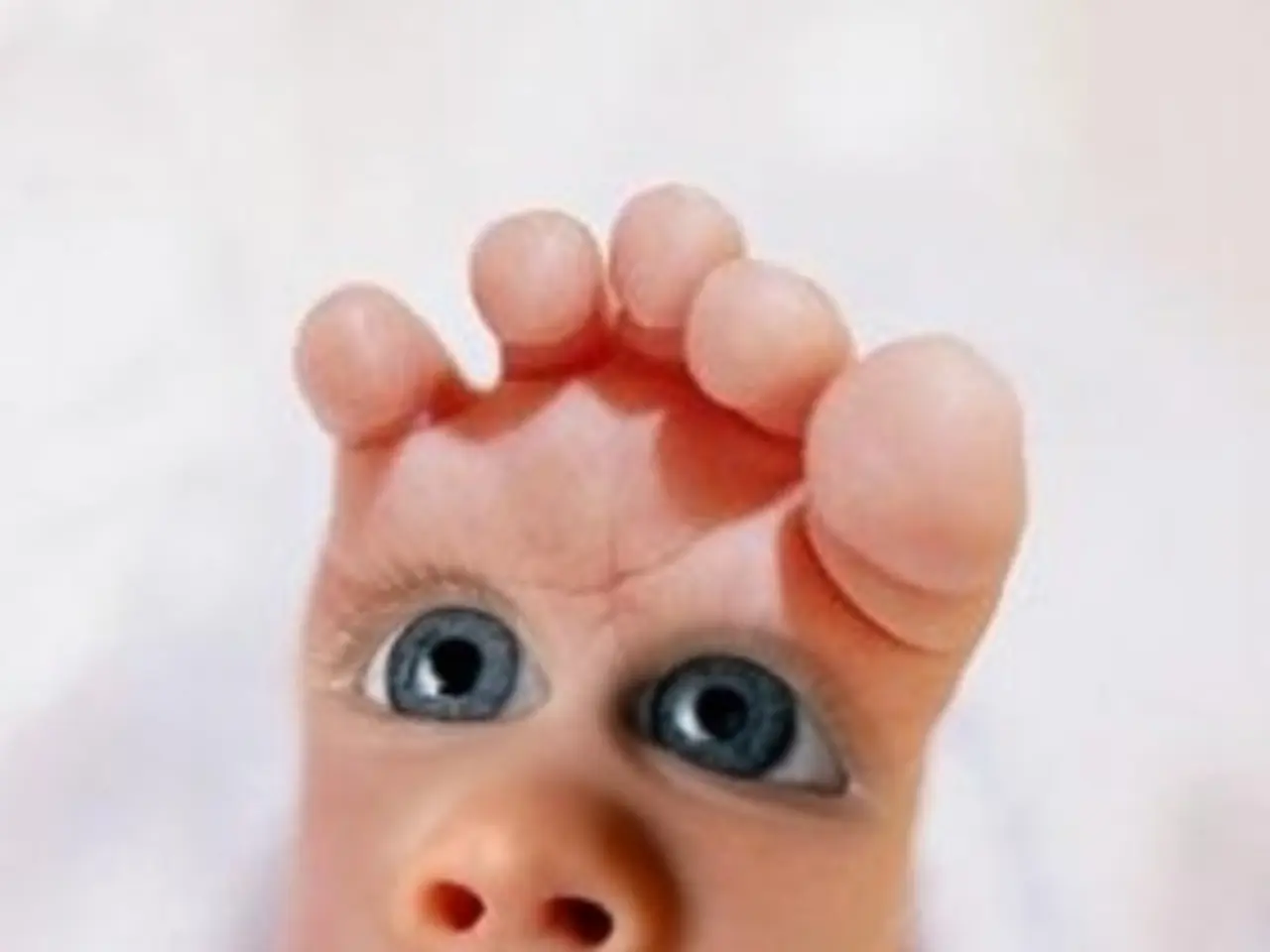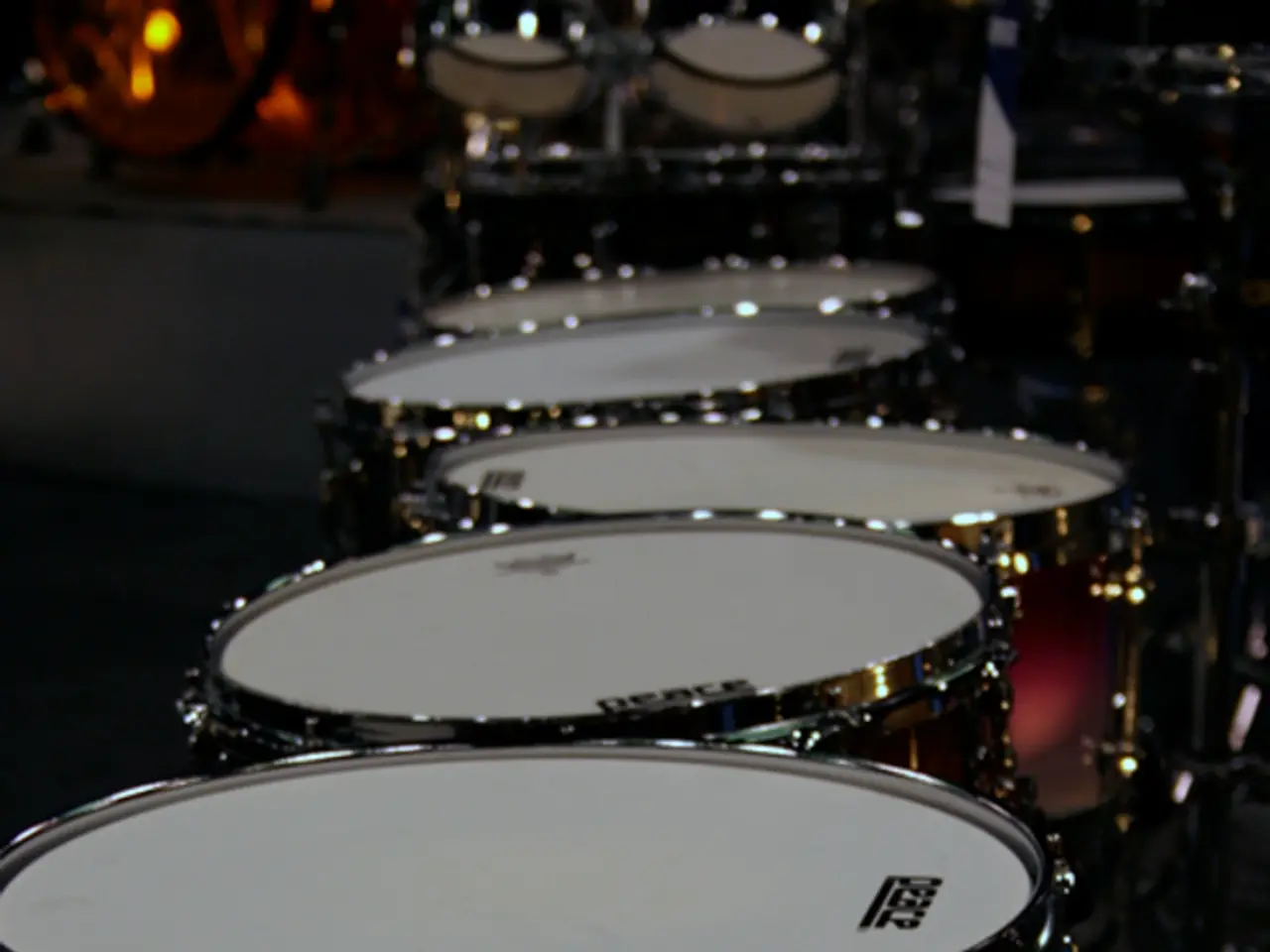Detection of Pain in Children's Facial Videos Through Human-Aided Transfer Learning Automation
Transfer Learning Enhances Pain Recognition in Children Using Automated Facial Action Unit (AU) Codings
A new method using transfer learning has been applied to improve the performance of pain recognition in children, particularly in diverse environmental domains. This method focuses on automatically coded AUs, which are facial expressions defined by the Facial Action Coding System (FACS).
The transfer learning method involves training another machine learning model to map automated AU codings to a subspace of manual AU codings. This approach was designed to improve the robustness of pain recognition across various environments, reducing the need for extensive labeled pain data in the target domain.
In the current work, the transfer learning method was applied to improve classification performance, resulting in an Area under the ROC Curve (AUC) of 0.72 – a significant improvement from the previous AUC of 0.69. This suggests that the transfer learning method leads to more accurate pain recognition in children.
Computer vision algorithms have been developed to automatically detect Facial Action Units (AUs). These algorithms leverage deep learning models pretrained on large facial expression datasets (source domains) and then fine-tuned on pain-related facial data from children (target domain). This process allows the system to adapt learned facial features to new environmental conditions, such as varying lighting, camera angles, or child behavior contexts, which manual AU coding cannot easily standardize or scale.
Transfer learning provides a robust feature representation that can better capture subtle pain expressions across diverse conditions, leading to improved accuracy versus manually coded AU inputs that are more prone to human error and inconsistency.
Key benefits of the transfer learning method include:
- Generalization via pretrained models: Deep networks like ResNet or VGG, pretrained on diverse faces, offer initial strong feature extraction capabilities. Fine-tuning these on smaller pediatric pain datasets allows capture of specific pain-related facial movements without overfitting, improving performance across different environmental domains compared to manual AU coding.
- Consistency and scalability: Automated AU codings with transfer learning reduce inter- and intra-rater variability seen in manual coding, leading to more consistent pain recognition outcomes regardless of setting or domain.
- Environmental robustness: By adapting pretrained models using transfer learning, systems yield better resilience to domain shifts (e.g., lighting, occlusions, child movement) that challenge manual AU coding accuracy.
- Reduced data annotation cost: Manual AU annotations are labor-intensive and subjective. Transfer learning minimizes the amount of pediatric pain-labeled data needed, addressing data scarcity in this sensitive population and diverse domains.
While the cited study primarily focuses on a multimodal pain recognition system for older patients, the principles of improved generalization, domain adaptation, and robustness through transfer learning similarly apply to pediatric facial pain recognition with automated AU coding. Although specific literature on children and AU codings in multi-environment scenarios is limited, the advances in automated facial expression analysis leveraging transfer learning are broadly recognized to outperform manual coding by addressing annotation consistency and domain variability.
In sum, transfer learning augments automated AU-based pain recognition performance in children by enabling effective domain adaptation, enhancing robustness to environmental factors, and reducing reliance on large manually coded datasets, all of which lead to superior accuracy and scalability compared to manual AU codings. This novel approach to improve the performance of pain recognition classifiers based on automated AU codings promises to revolutionize pain recognition in children across various settings and environments.
- The application of transfer learning in pain recognition in children has potential implications in other areas of health-and-wellness, such as utilizing artificial-intelligence and technology in eye tracking to discern medical-conditions through automated facial action unit (AU) codings in the field of science.
- The utilization of transfer learning in the recognition of pain expressions can further expand into the realm of art, with artists exploring themes of health and wellness by analyzing and interpreting these AI-generated facial expressions as a new medium for artistic expression.
- With advancements in technology and machine learning, there is potential for transfer learning to be applied in the diagnosis and monitoring of medical-conditions beyond pain recognition, offering new possibilities in the field of medical science for improved health-and-wellness outcomes.




